|
|
|  DSH 709/06 DSH 709/06
8 m& Q% a' a4 D- K
1 W2 q x- R; T | Short circuit and overload protection7 x* w7 i4 ]0 M# x* q
| 15.27 p8 `# G" A- X p' O6 L3 t- a. z
| 61558-1(ed.2)1 M! |$ j2 _, C1 q6 Z
|
" s& v7 K( S: z* }7 L: f3 W' p
Standard(s): IEC 61558-1/2005 No. Year6 k# s) n: C: q0 `
DSH+ O0 f' v2 G; I$ s8 Y7 q2 Y3 u
0709
. Z g6 E1 d$ k& ^% u2008
9 D" ]/ D8 t1 qCategory: SAFE
9 D% j0 Y/ J" F4 Y/ d9 l$ tSubclause(s): 15.2
. ]0 Y5 [5 q Q# h8 u F) p5 ], hDeveloped by: ETF5
* ~* y" ]. `2 h7 _$ P' jOSM/LUM. o$ O$ o2 y/ Z* Z5 D
Subject: Short circuit and, A1 J) c2 j8 }1 @
overload protection
. }% k- A& q+ QKey words:
3 }0 o5 s7 x5 ^* g% o- |- Transformers
1 `# [$ b: t9 g8 Z- Steady state conditions( w+ @2 s. r4 z; \; C
- Short circuit
+ U7 w" a1 y) i8 ]- \Decision approved at the) Z, l/ q/ V# ?+ }, F0 S
46th CTL Plenary Meeting,% W) E" g! Q# E: ^, |+ s
in 2009
. `5 @- i2 }4 G; }5 h4 f9 |Question:/ W/ l8 `) l9 N; ^! N% c; P7 R
Inherently short-circuit proof transformers shall be tested by short-circuiting the output windings until
. Y. H% O2 B$ G, F8 Xsteady-state conditions are reached.4 T0 c1 l9 p" W. N
In IEC 61558-1 “steady-state condition” is not explained. Referring to other standards the meaning of
+ A+ @- P0 t( u* o2 l5 R+ L“steady-state conditions” or “thermal stability” is that the change of temperature is less than 1°C per hour.
r* {+ ^: q' l# [So following questions arise:
2 g( n5 x7 [( K; e4 Q/ @1) Is it correct to record the temperatures after one hour when temperatures did not change (more
& w/ j( e( M6 L! lthan 1°C/h)?- h4 j h- d# j
2) How shall an inherently short-circuit proof transformer be assessed when the above mentioned
H. ~6 {5 G3 R! B+ vrequirements are fulfilled, but it is damaged 6h after reaching the steady state condition in a way5 A+ K7 k# D9 S5 G6 c% a" m
where safety will be impaired (the transformer bursts).
3 z$ z3 \* U% q( J; E: oDecision:0 M/ f l" s4 [ H* n7 ^& o2 F
1) Yes.
k0 p5 {; }/ l! `" h2) The transformer should not be accepted.
3 G; v% z) _$ l8 R2 C, }
, E' x* D ]7 D
4 l: d% Q7 Q* \) _ |
本帖子中包含更多资源
您需要 登录 才可以下载或查看,没有账号?注册安规
x
|



 窥视卡
窥视卡 雷达卡
雷达卡 发表于 2012-11-8 14:08
发表于 2012-11-8 14:08
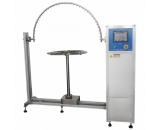

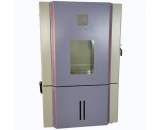

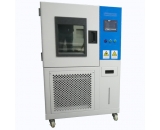

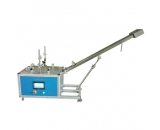

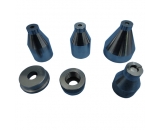






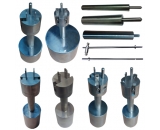
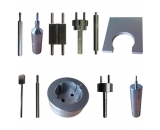
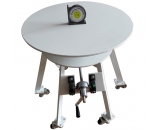
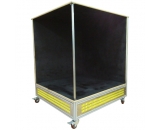

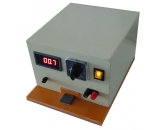
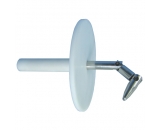
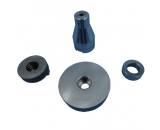
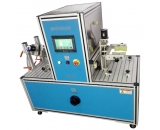
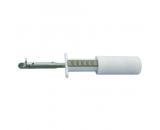
 提升卡
提升卡 置顶卡
置顶卡 沉默卡
沉默卡 喧嚣卡
喧嚣卡 变色卡
变色卡 抢沙发
抢沙发 千斤顶
千斤顶 显身卡
显身卡













